In the modern wastewater treatment and industrial solids‑liquid separation sector, selecting the right equipment is critical. This guide presents an in‑depth overview of the screw press dewatering machine, combining practical insights and professional detail. It also draws on the expertise of Yangzhou Qinxin Environmental Protection Technology Co., Ltd., a trusted provider of stacked screw sludge dewatering machines, PAM integrated dosing devices, sludge low‑temperature drying systems and other sewage treatment equipment. Through this article you will discover how to evaluate such equipment across a range of long‑tail scenarios including screw press dewatering machine for municipal sludge, industrial screw press dewatering machine low footprint, screw press dewatering machine vs centrifuge, screw press dewatering machine maintenance tips, and screw press dewatering machine for food industry wastewater.
Integrated Horizontal Food Grade Spiral Screw Sludge Dewatering Machine QXDL-252
1. Introduction
As municipalities and industries face tighter environmental regulations and higher disposal costs, the role of efficient dewatering solutions becomes paramount. The screw press dewatering machine stands out due to its compact footprint, continuous operation and cost‑effectiveness. For an enterprise like Yangzhou Qinxin Environmental Protection Technology Co., Ltd., which combines R&D and manufacturing of environmental protection equipment and serves municipal, food, petrochemical, aquaculture, papermaking, leather, brewing, printing & dyeing, chemical, pharmaceutical, medical industries, this technology is central to offering high‑grade, export‑ready solutions backed by patents and certifications.
2. What is a screw press dewatering machine?
2.1 Principle of operation
The screw press dewatering machine uses a rotating helical screw within a perforated screen or basket. Sludge or slurry is fed into the inlet hopper, then conveyed by the screw while water drains through the screen, and finally solids are compressed and discharged as a cake.
2.2 Key components and features
- Inlet hopper / feed chamber
- Flocculation or polymer dosing section (especially where integrated dosing devices are used)
- Screw auger with variable pitch and diameter
- Perforated screen basket or rings
- Back‑pressure cone or restriction at discharge end
- Filtrate collection tray and solids cake discharge
- Control cabinet for automation
2.3 Typical applications in municipal & industrial sectors
This equipment is widely used for municipal sludge dewatering (screw press dewatering machine for municipal sludge), as well as in food and beverage wastewater (screw press dewatering machine for food industry wastewater). For example, sludge with 2 000‑50 000 mg/L can often be processed.
3. Why choose a screw press dewatering machine?
3.1 Comparison with other dewatering technologies (screw press dewatering machine vs centrifuge)
When selecting dewatering technology, decision‑makers often compare screw presses vs belt filter presses vs centrifuges. For example: the screw press typically offers lower energy consumption and smaller footprint, but may yield a higher cake moisture than some centrifuges.
| Aspect | Screw Press | Centrifuge |
| Energy consumption | Low | Higher |
| Footprint | Small | Moderate to large |
| Automation & labour | High automation, low labour | Requires skilled operation |
| Cake dryness | Moderate (e.g., 15‑25 % DS) | High (often > 25‑30 % DS) |
| Investment cost | Lower | Higher |
3.2 Advantages: low footprint and other benefits (industrial screw press dewatering machine low footprint)
- Compact design suits plants with limited space.
- Continuous operation, minimal downtime, less secondary pollution.
- Lower polymer and energy consumption in many cases.
- Wide adaptability across industries: municipal, food, chemical, aquaculture.
3.3 Industry‑specific benefits
For municipal plants, the equipment reduces sludge volume, disposal cost and simplifies storage. For food, beverage and allied industries, handling of waste streams with variable solids content is improved. For petrochemical, leather, brewing, printing & dyeing, chemical, pharmaceutical and medical sectors, the compact and automated nature suits industrial‑scale operations with high hygiene and reliability requirements.
4. How to select and maintain a screw press dewatering machine
4.1 Selection criteria
- Throughput capacity (kg DS/h or m³/h of sludge) must match site requirements.
- Feed sludge solids concentration and dry solids target (e.g., "cake" dryness).
- Footprint and plant layout constraints.
- Polymer/flocculant dosing system and integration.
- Ease of service, spare parts availability and manufacturer support.
4.2 Maintenance tips for long life (screw press dewatering machine maintenance tips)
- Regularly inspect the screen basket and perforations for clogging or wear.
- Monitor screw pitch and diameter wear; maintain proper tolerance.
- Ensure the back‑pressure cone is adjusted and operational to achieve target dryness.
- Clean the filtrate tray and ensure free drainage to avoid re‑wetting the cake.
- Maintain polymer dosing and verify that flocculation is effective—poor flocculation leads to poorer performance.
4.3 Common troubleshooting issues and solutions
- Issue: Cake too wet → Solution: Increase back‑pressure, adjust screw speed, verify polymer dose.
- Issue: Screen clogging → Solution: Schedule cleaning, check feed solids consistency, inspect for fibrous content.
- Issue: High energy consumption → Solution: Check motor load, ensure screw speed is optimal, reduce unnecessary idling.
- Issue: Maintenance downtime → Solution: Choose modular design with easy access, train operators on quick inspections and interventions.
5. Case Study: Implementation by Yangzhou Qinxin
5.1 Company overview
Yangzhou Qinxin Environmental Protection Technology Co., Ltd. is an enterprise combining industry and trade, committed to the R&D and sales of environmental protection equipment. The company mainly engages in stacked screw sludge dewatering machines, PAM integrated dosing devices, sludge low‑temperature drying systems, solid‑liquid separators and other sewage treatment equipment. It serves municipal, food, petrochemical, aquaculture, papermaking, leather, brewing, printing & dyeing, chemical, pharmaceutical, medical and other industries.
5.2 Typical configuration and service
The company's stacked screw sludge dewatering machines are designed with years of practical experience and research. They hold multiple patents, quality management system certifications, environmental management and occupational health & safety system certifications. The enterprise adopts a dedicated team, strong technical force and advanced service awareness, earning contract‑oriented trust (AAA‑level) from customers. Based on the high‑grade and high‑end market, the equipment is mainly exported to Southeast Asian countries and acts as an important supplier of sewage treatment equipment in China and abroad.
5.3 Best practices for export & after‑sales
- Ensure local service and parts availability in export region.
- Provide training for local operators detailing maintenance tips and troubleshooting for the screw press dewatering machine.
- Document installation and commissioning procedures clearly to adapt to different industrial applications.
- Track performance metrics (cake dryness, energy consumption, downtime) to provide continuous improvement feedback.
6. Conclusion
Choosing the right screw press dewatering machine involves understanding the principle, comparing technologies, selecting the right configuration, and implementing maintenance. Whether you are dealing with municipal sludge, food‑industry wastewater or industrial residues, this technology offers a high‑value solution. With a trusted provider like Yangzhou Qinxin Environmental Protection Technology Co., Ltd., you gain not only equipment but experience, certifications and ongoing service support. Harnessing compact design, automation and industry‑specific adaptation ensures your dewatering system delivers sustainable performance.
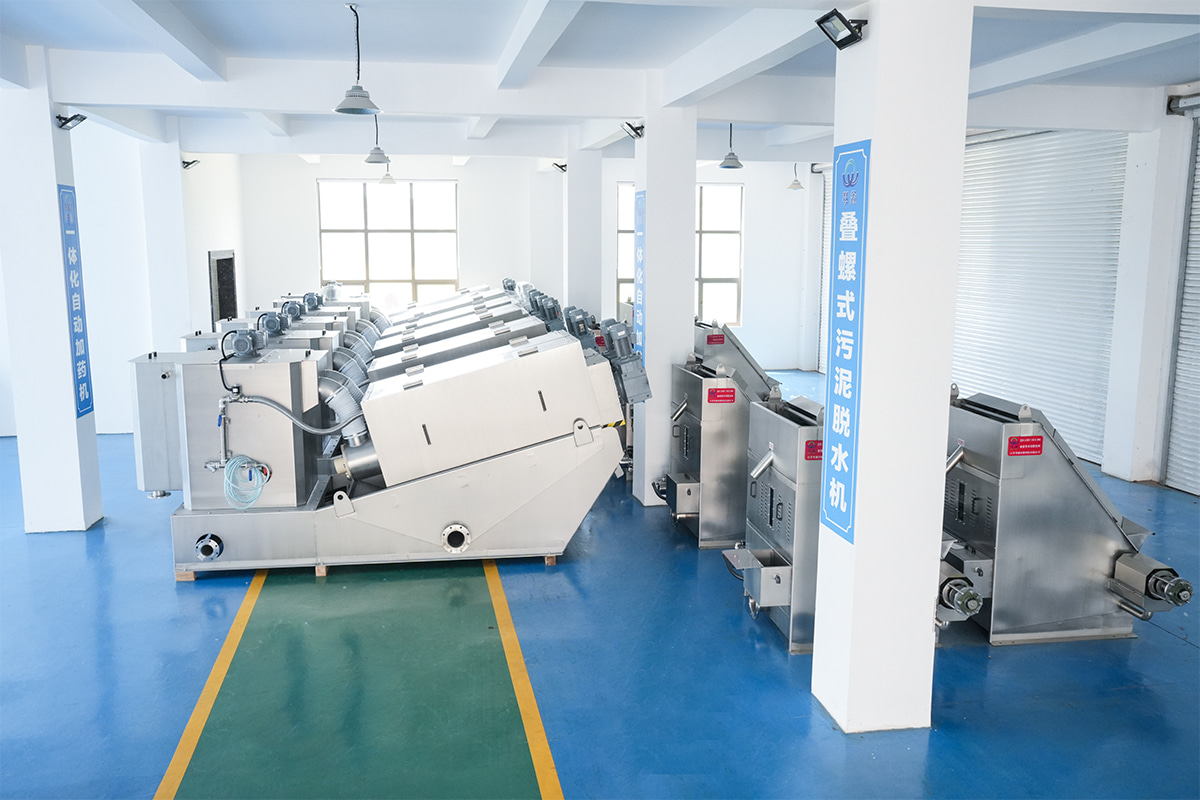
7. FAQ
- Q1: What feed solids concentration is suitable for a screw press dewatering machine?
A1: Typically sludge with solids concentration from about 0.2 % to 5 % can be treated, but pre‑thickening may be required for very dilute feeds. - Q2: How does cake dryness of a screw press compare to a centrifuge?
A2: A screw press typically yields a dryness around 15‑25 % DS under standard conditions, while centrifuges can reach higher dryness but at higher energy and cost. (See section 3.1) - Q3: What maintenance frequency is recommended for the screen basket?
A3: Inspect weekly for clogging or wear; schedule a deeper check monthly or quarterly depending on load and solids type. See section 4.2. - Q4: Can the screw press dewatering machine be used for food‑industry wastewater?
A4: Yes — it fits well with food, beverage and allied industries, handling variable sludge types and offering compact footprint. (See section 2.3) - Q5: What is the footprint advantage of choosing this machine?
A5: The design allows continuous operation with a relatively small footprint compared with belt filter presses or large centrifuges — beneficial for plants with space constraints. See section 3.2.

 ENG
ENG
 English
English русский
русский Español
Español Tiếng Việt
Tiếng Việt ไทย
ไทย


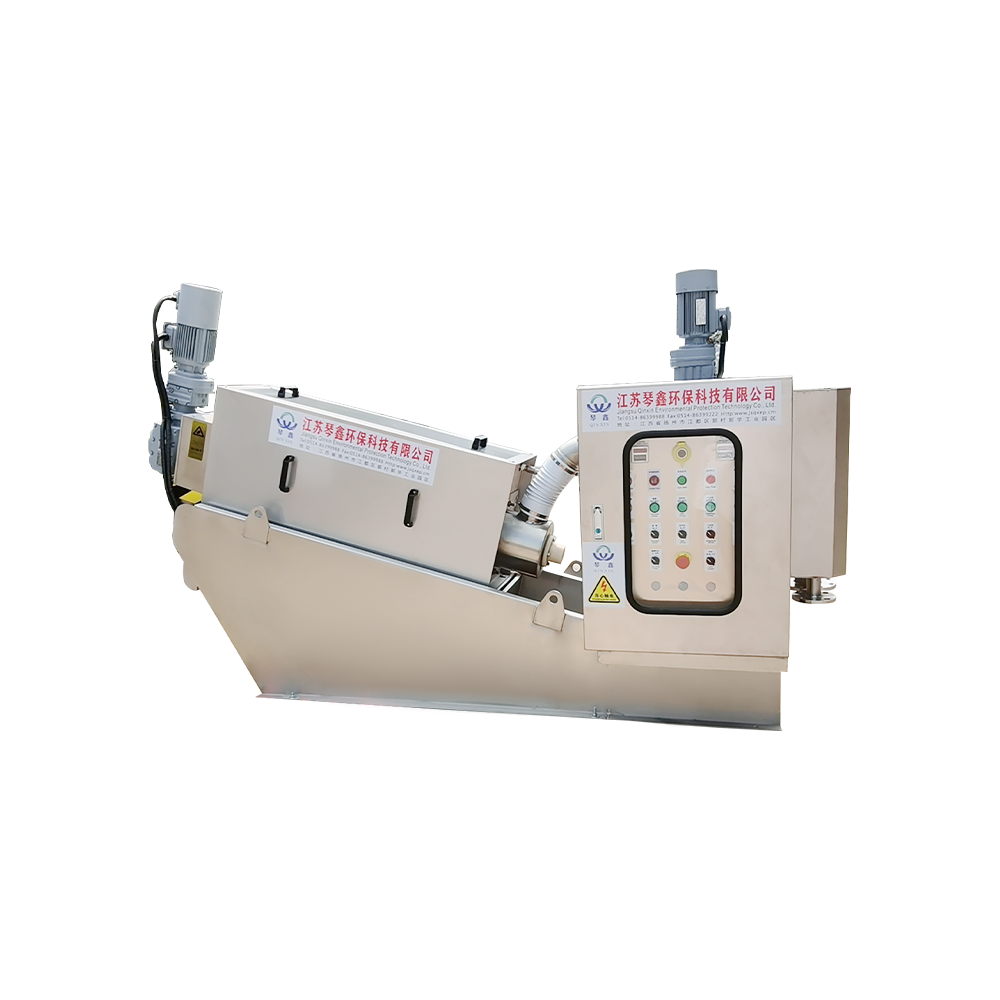
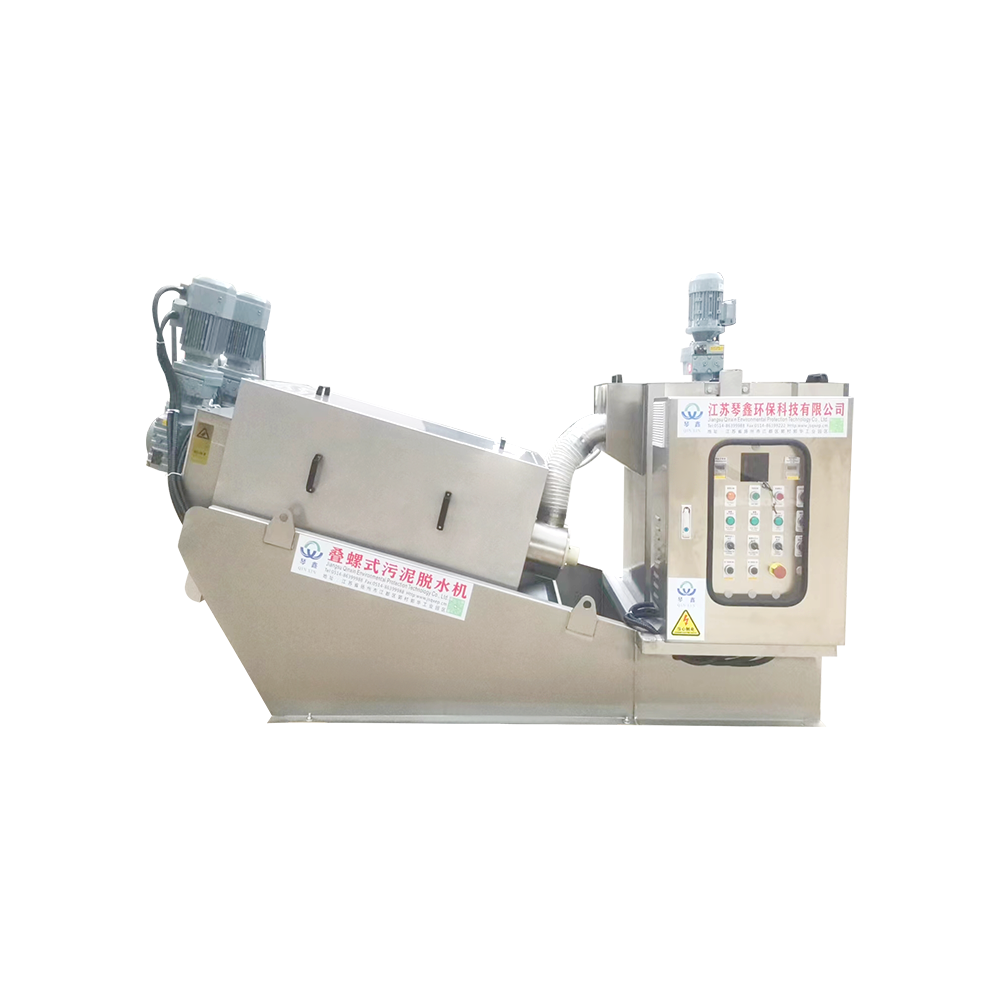
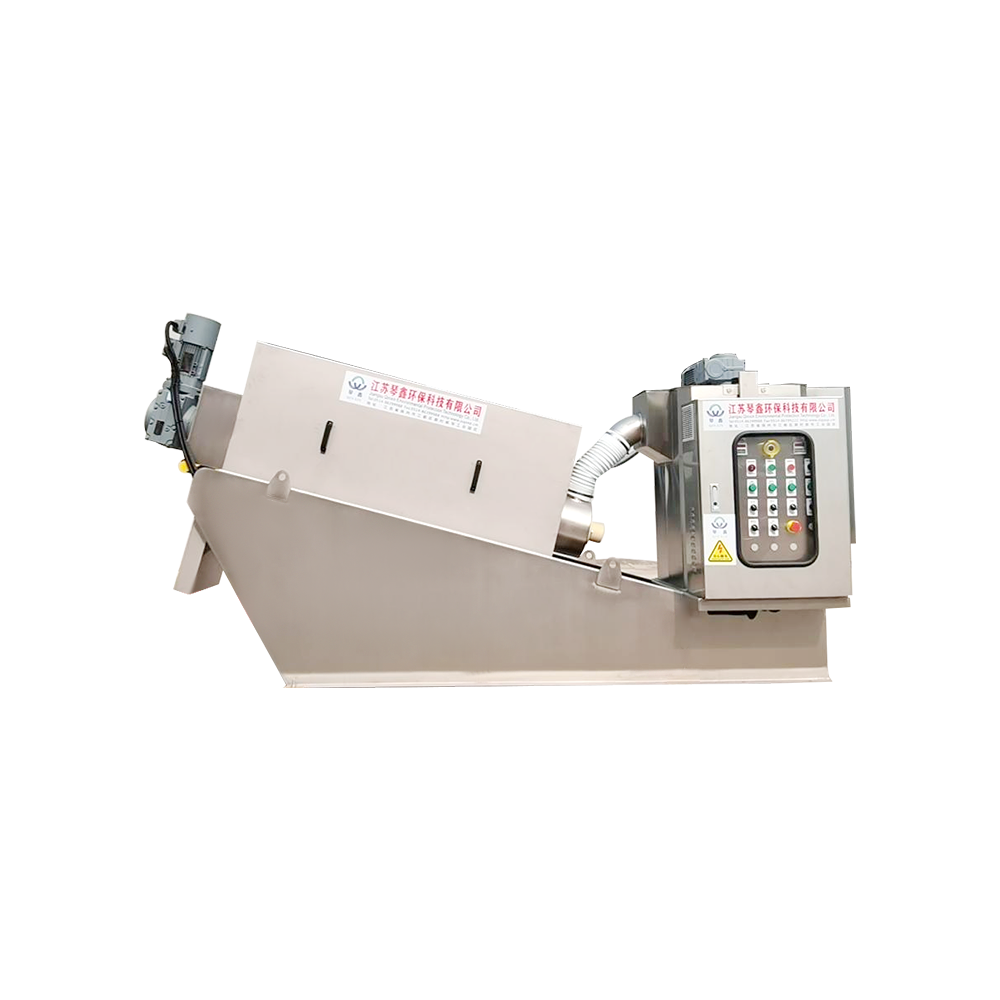
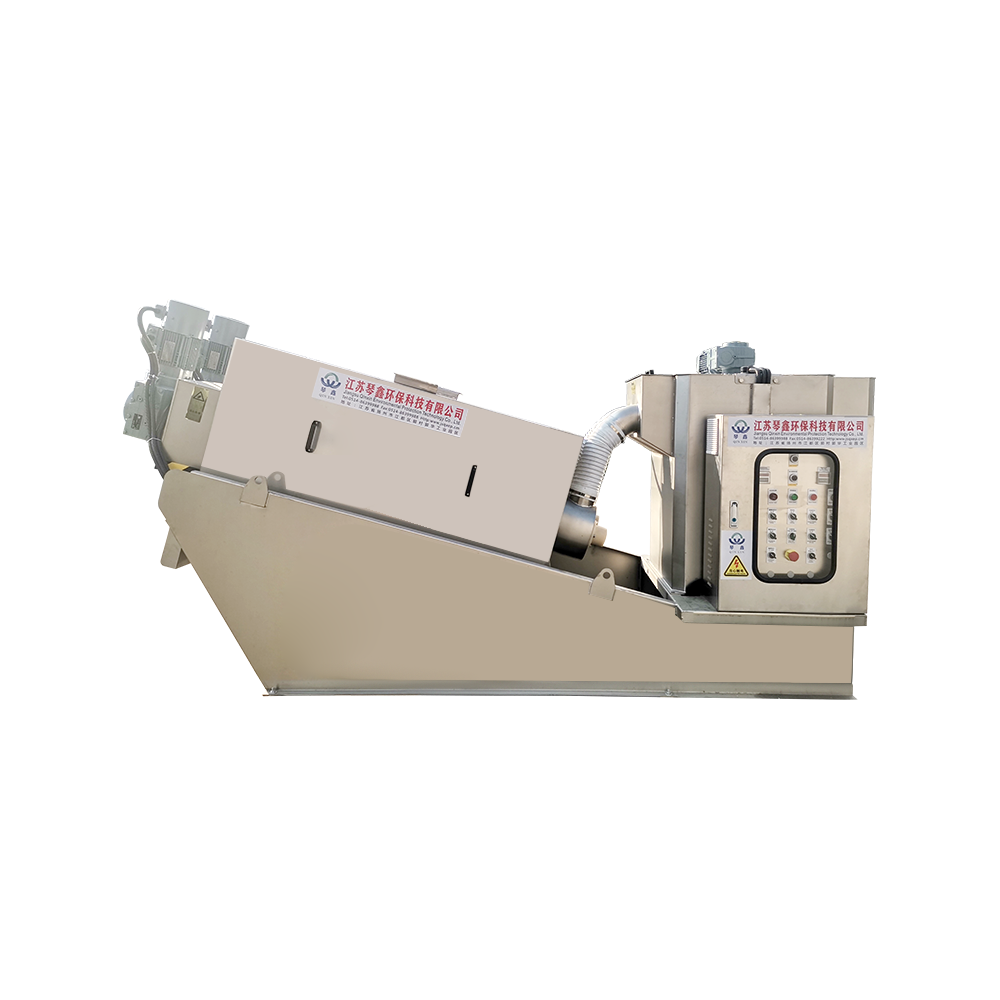




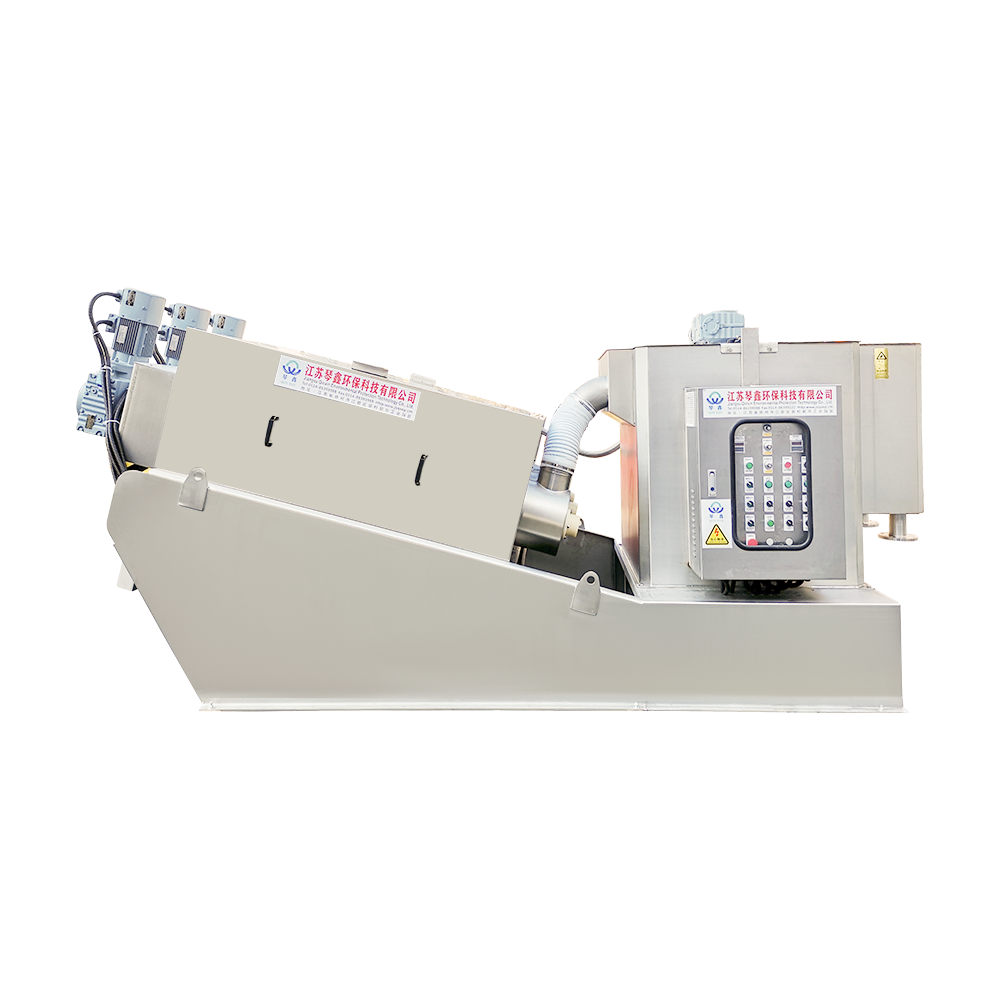
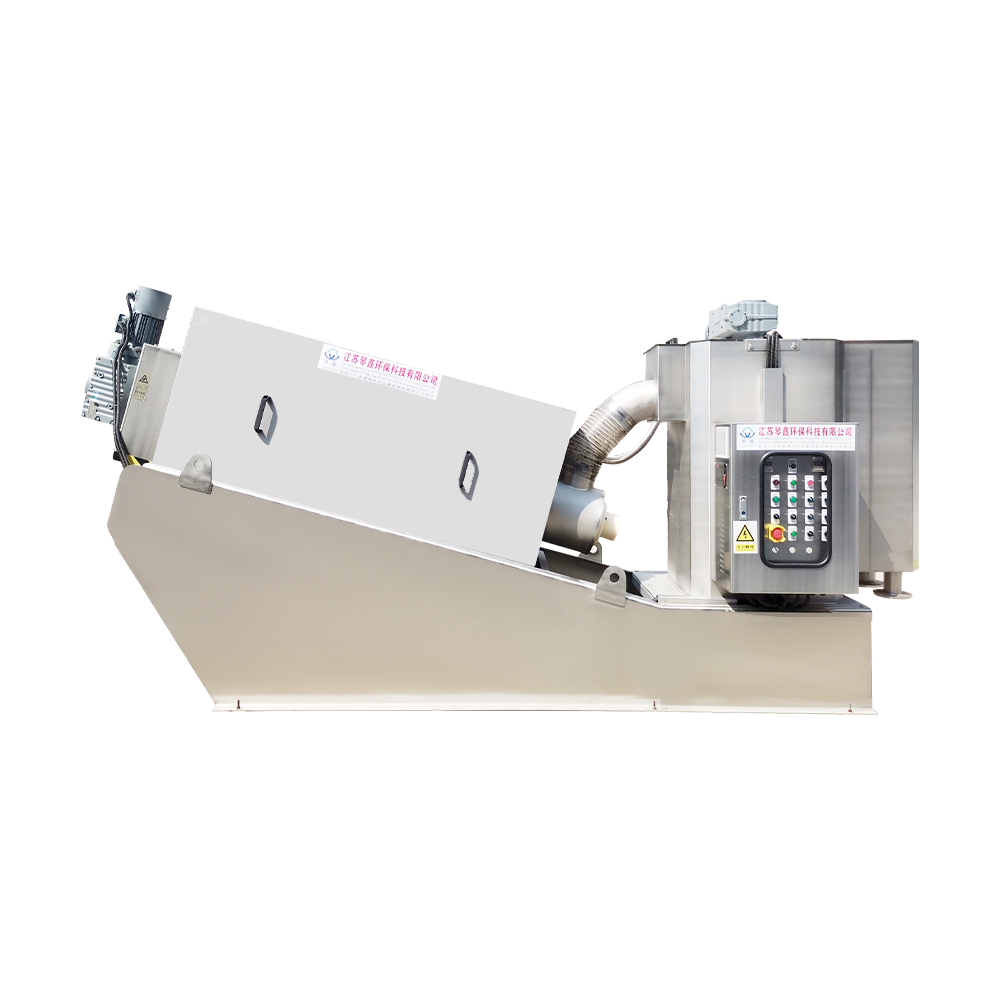
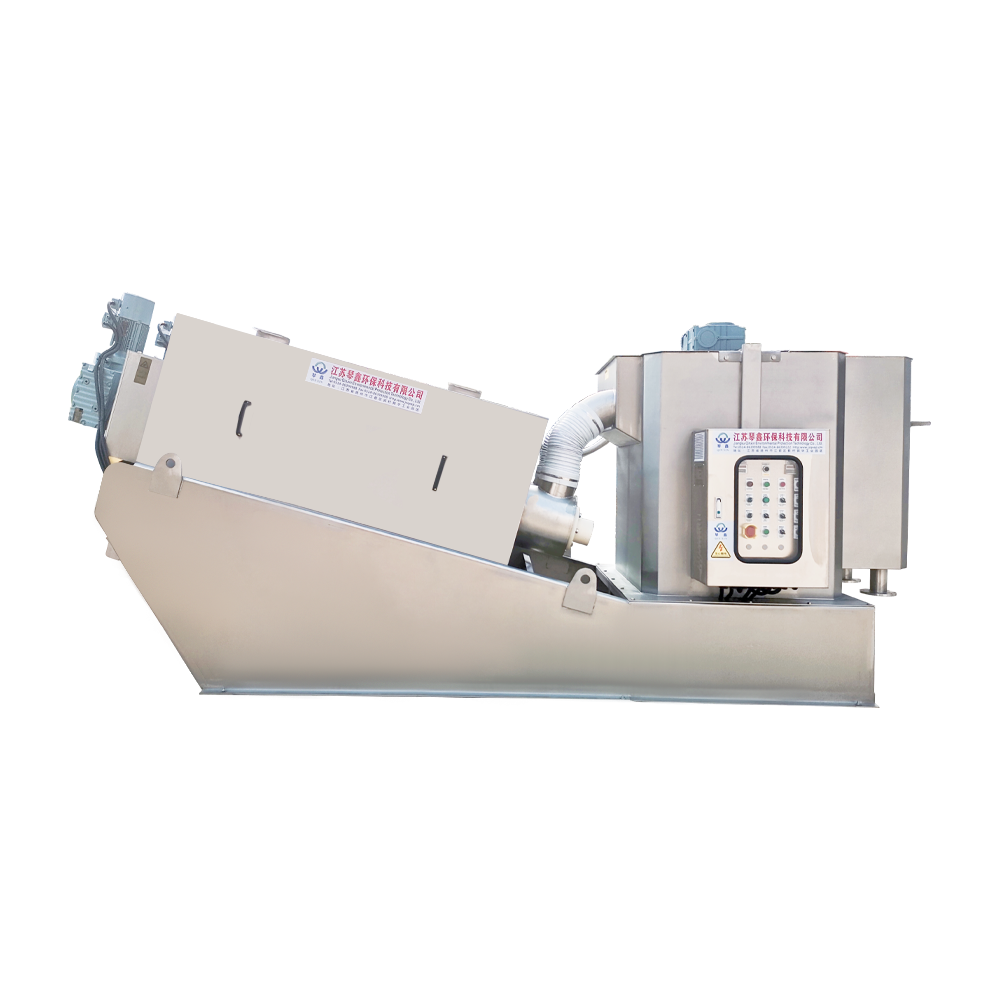

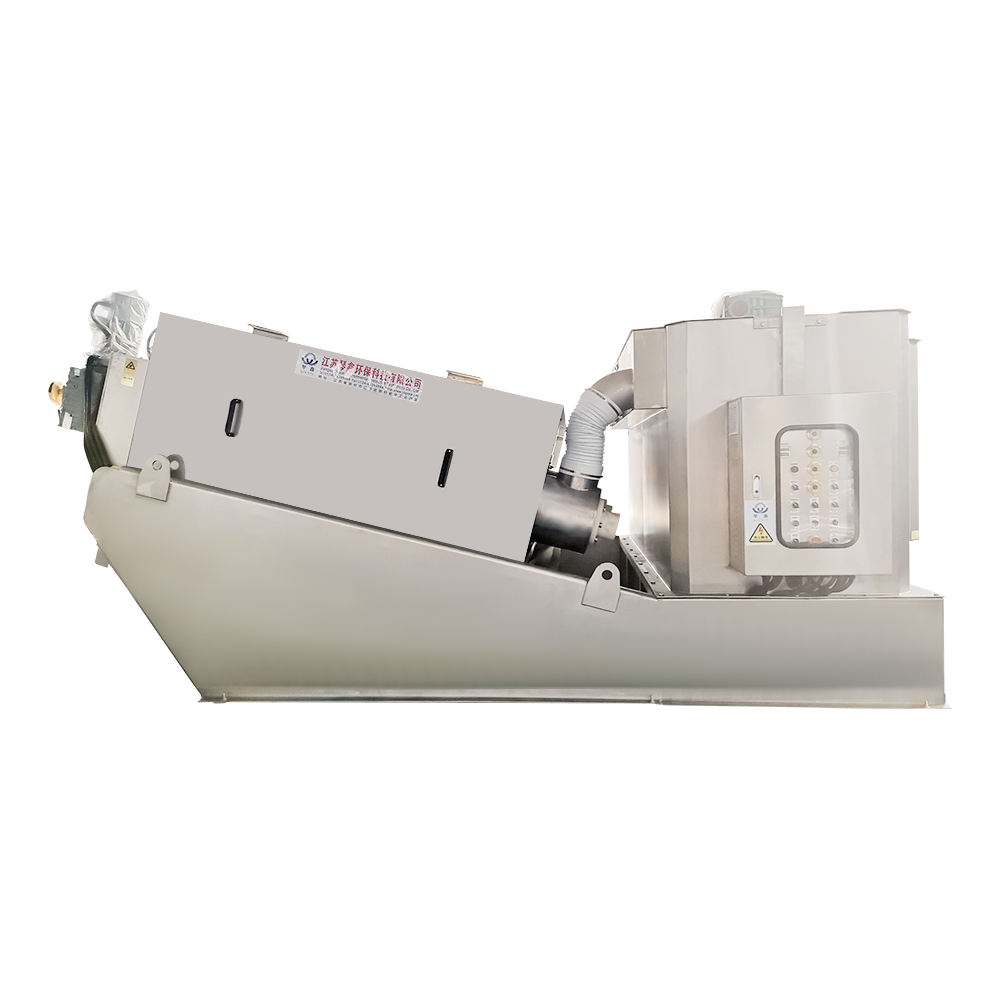
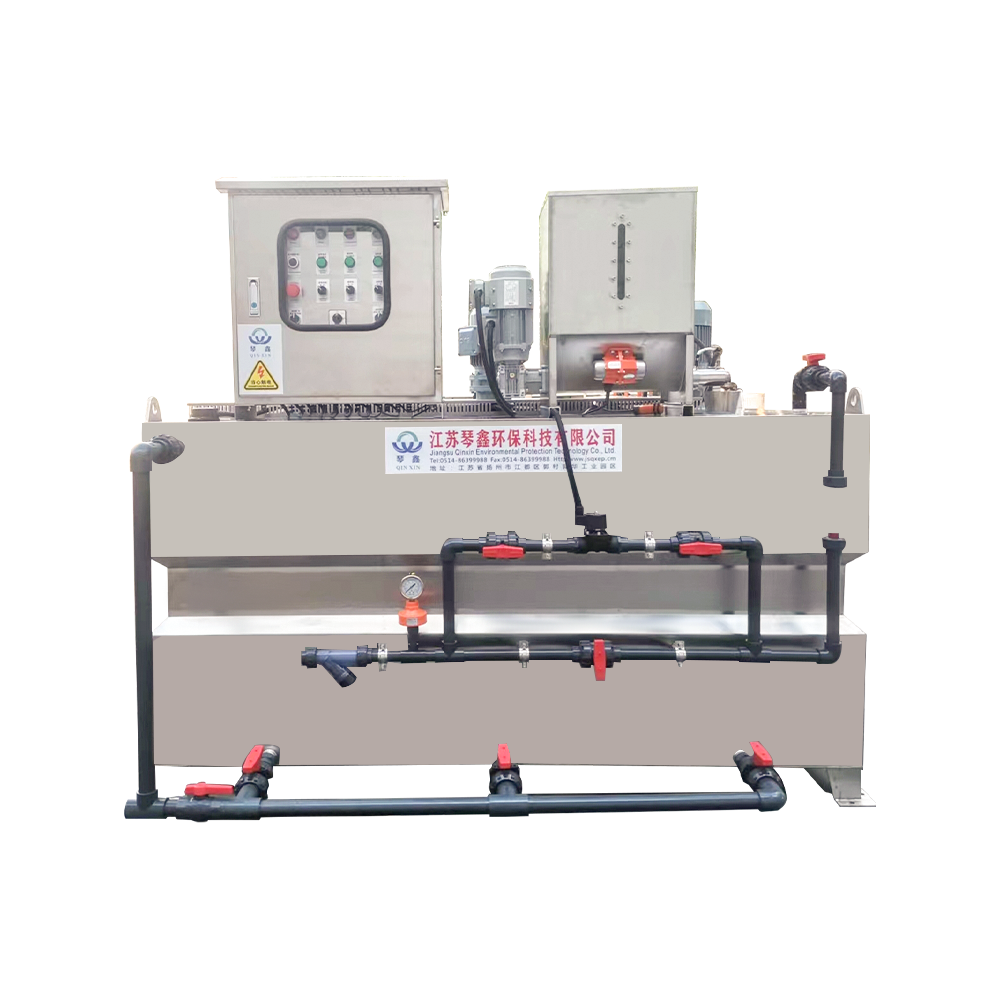

 TOP
TOP